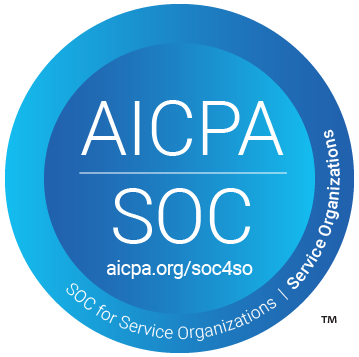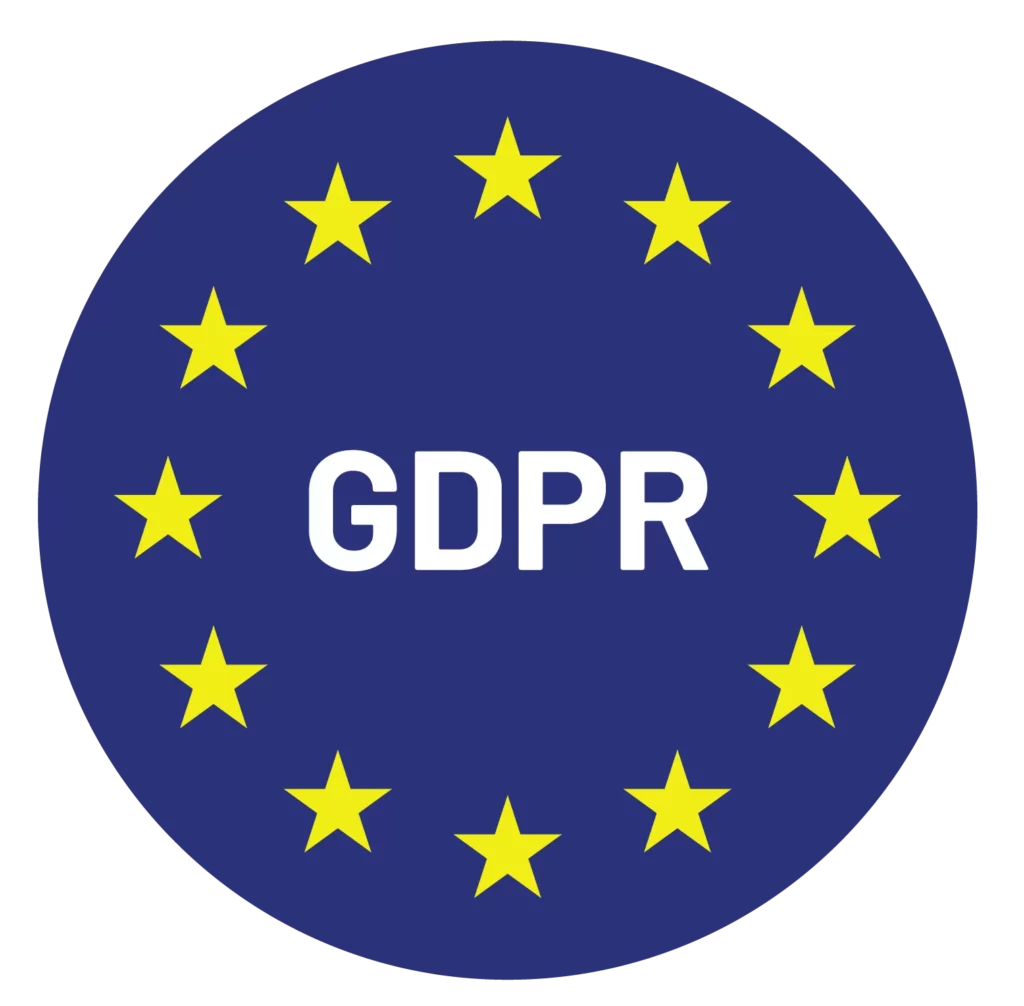Ever felt like navigating a coaching session was akin to steering a canoe without a paddle? Fear not! We’re diving into the art and science of orchestrating coaching sessions that don’t just float but soar.
A well-planned coaching session ensures that you’re equipped to address the client’s specific needs and goals. It also provides a clear framework within which the client can explore, reflect, and take action.
This article explores the key elements and strategies that underpin successful coaching sessions, empowering you to deliver sessions that are not only productive but also transformative.
Key Elements of Effective Coaching Sessions
We’ll delve into the key elements that form the foundation of effective coaching sessions. By incorporating these elements into your planning process, you can ensure your sessions are focused and impactful, and leave your clients feeling empowered and ready to take action.
Here’s a breakdown of the crucial elements to consider:
- Establishing rapport: Create a safe and welcoming space where your client feels comfortable sharing openly
- Holding the client accountable for action steps from previous sessions: Review progress made on action items from previous sessions and discuss any challenges encountered
- Identifying and focusing on client-specific issues and outcomes: Refocus on the client’s specific goals and desired outcomes for the session
- Reframing challenges and analyzing emotional responses: Help clients reframe challenges into opportunities and explore the emotions surrounding them
- Developing solutions and strategies: Work collaboratively with the client to develop actionable solutions and strategies aligned with their goals
- Creating and committing to an action plan: Craft a clear and achievable action plan for the client to implement after the session
- Reflections and breakthroughs: Dedicate time for reflection, celebrate breakthroughs, and identify areas for continued focus in future sessions
Alright, you’ve got the groundwork laid out for an impactful coaching session. Now, let’s turn those plans into action with practical strategies and tools that’ll make your sessions unforgettable.
How to Plan a Productive Coaching Session
Here are six important strategies you can use to create a coaching session that conveys your teachings the best:
1. Define the Objective for the Session
Every coaching session should have a clear and specific objective.
This objective could be linked to a larger coaching goal, or it could be a specific issue the client wants to address in this particular session.
To do so, you can work together with your client to determine the focus of the session. This ensures the objective aligns with their current needs and goals.
Also, ensure that you craft an objective that is clear, actionable, and measurable.
For example, instead of “Improve communication skills,” a more focused objective could be “Develop two assertive communication techniques to utilize in the upcoming client meeting.”
2. Structuring Your Session
A well-defined structure provides a sense of comfort and direction for both you and your client. It ensures the session stays focused on the objective while allowing for flexibility to address unforeseen topics.
Divide the session into distinct segments:
- Introduction: Set the tone, establish rapport, and briefly review the agenda
- Review: Discuss progress on action steps from the previous session and any new developments
- Main Discussion: Address the session’s objective, exploring challenges, solutions, and strategies
- Action Plan: Develop a clear set of actionable steps for the client to work on before the next session
- Conclusion: Summarize key points, confirm the action plan, and express support and encouragement
Read: How to Structure a Business Coaching Session for Success
3. Adapting Your Approach
While a basic structure provides a framework, your coaching approach should be flexible and adaptable to maximize the impact of the session.
You can tailor your approach based on:
- Client relationship history (a new client or a returning one)
- How responsive is the client to your coaching style
- Client’s personality
- Learning style
- Specific situation
Additionally, don’t just provide answers; empower your client to find solutions on their own. For instance, you can ask thought-provoking questions that encourage self-reflection and problem-solving skills.
This fosters long-term growth and empowers them to navigate future challenges independently.
4. Key Questions for a Fruitful Session
Powerful questions are your most valuable tool. And having a list of well-crafted questions prepared can help guide the conversation, stimulate reflection, and propel your client toward breakthroughs.
Here are some effective question types to consider for your coaching toolbox:
Kickstart Questions: These questions aim to get the conversation flowing and help you understand the client’s current state
Examples include:
- What’s been on your mind since our last session?
- What would you like to focus on today?
AWE Questions: These questions stand for “Awareness, Wisdom, and Experience.” They help clients explore their current situation from multiple perspectives
Examples include:
- What are you aware of now that you weren’t before?
- What wisdom can you glean from this experience?
Focus Questions: These questions help narrow down the client’s goals and desired outcomes for the session
Examples include:
- What’s the ideal outcome you’d like to achieve today?
- If you could overcome one challenge right now, what would it be?
Foundation Questions: These questions delve deeper into the “why” behind the client’s goals and motivations
Examples include:
- What truly matters to you about achieving this goal?
- What underlying beliefs might be holding you back?
Strategic Questions: These questions help clients brainstorm solutions and develop action plans
Examples include
- What are some specific steps you could take to move forward?
- If you had a magic wand, what would you do to achieve your goal?
Learning Questions: These questions encourage reflection and help clients solidify their learnings from the session
Examples include:
- What key takeaways will you carry with you from today?
- How will you measure your progress towards your goals?
5. Preparation and Follow-up
Pre-session preparation is essential for a productive coaching session.
Here’s how to approach it for both new and returning clients:
- New Clients: Review the client’s intake form and any other relevant information beforehand. This allows you to personalize the session and address their specific needs from the get-go
- Returning Clients: Briefly review notes from the previous session to refresh your memory on past discussions and progress made
Similarly, post-session self-reflection and client follow-up solidify the learnings from the session and demonstrate your commitment to your client’s success:
- Self-reflection: After each session, take some time to reflect on your own performance. Consider areas where you excelled and areas for improvement to continuously refine your coaching skills
- Client Follow-up: Send a brief email summarizing key takeaways, action steps, and any additional resources discussed during the session. This reinforces the coaching conversation and demonstrates your ongoing support. You can also use this opportunity to identify any areas where the client might need additional support and adjust your approach for future sessions
6. Leveraging Technology
Coaching apps, scheduling tools, and online collaboration platforms can streamline your workflow and enhance the coaching experience.
For instance, coaching apps assist in tasks such as :
- Scheduling appointments
- Sending appointment reminders
- Managing client invoices
- Creating and selling online coaching programs
This frees up valuable time for you to focus on delivering high-quality coaching sessions.
Consider using coaching management platforms like Simply.Coach.
Simply.Coach is a digital platform that integrates scheduling, goal tracking, and resource sharing, freeing up more time for you to focus on what you do best—coaching!
Coaching Session Templates and Examples
Coaching session templates provide a valuable framework to structure your sessions.
The key benefits include:
- Clarity: Templates define the structure of the session, ensuring that you and your client are aligned on the objectives and the flow of the conversation
- Progress: By consistently using a template, you can easily track the client’s progress over time, making it easier to identify areas of improvement or success
- Signature Experiences: You can customize templates to suit your coaching style to create a unique and memorable experience for your clients and set yourself apart as a coach
Let’s look at a sample template to structure your coaching session:
A. Warm-up (5-10 minutes)
Greet your client, establish rapport, and briefly review the objective for the session.
You can also use this time to reflect on any progress made since the last session, creating a sense of continuity and motivation.
B. Goal-setting (10-15 minutes)
Refine the objective for the session, ensuring it aligns with the client’s current needs and desired outcomes. This might involve brainstorming specific goals they want to achieve by the end of the session.
C. The Actual Coaching (30-40 minutes)
This is the heart of the session where you delve into the coaching objective. Utilize different techniques like open-ended questions, active listening, and brainstorming to facilitate discussion.
Here, focused listening is crucial. Pay close attention to both the verbal and nonverbal cues your client communicates.
D. Defining Commitments (10-15 minutes)
Work with your client to develop a clear action plan with specific, measurable, achievable, relevant, and time-bound (SMART) steps they can take outside the session. Ownership of these commitments is key to progress.
E. Reflection (5-10 minutes)
Summarize key takeaways from the session, acknowledge client progress, and celebrate any breakthroughs. This also sets the stage for the next session by identifying areas for continued focus
Other examples of templates include:
- Goal Visualization: This template helps clients visualize their goals in a clear and concise manner. It can include sections for defining the goal, identifying obstacles, and outlining the steps needed to achieve the goal
- Self-Contract Template: A self-contract template is a powerful tool for accountability. It allows clients to commit to their goals in writing, specifying the actions they will take and the timeline for achieving their objectives
- Goal Planning and Achievement Tracker: This template is designed to help clients plan their goals in detail and track their achievements over time. It can include sections for setting SMART goals, identifying key milestones, and reflecting on progress made
Read: 10 Effective Strategies for Tracking Progress in Coaching Sessions
Additionally, there are numerous free resources available online that can help you structure productive coaching sessions.
Simply.Coach – an all-in-one online coaching platform offers a variety of coaching features, templates and digital tools that you can adapt to your needs.
Conclusion
Planning a productive coaching session requires a blend of structure, adaptability, and insightful questioning.
By defining clear objectives, structuring the session effectively, and adapting your approach to meet the client’s needs, you can create a conducive environment for growth.
Moreover, using coaching tools and templates can streamline the process, allowing you to focus on the client’s development.
Sign up for the free trial today and skyrocket the productivity of your sessions!
Read More:
Navigating Entrepreneur Challenges in the Coaching Industry: Top 8 Hurdles
How to Become an Inspirational Coach
Embarking on a Journey as a Mindset Coach: A Comprehensive Guide
Coaching VS Training: Navigating their Distinctive Paths
10 Effective Strategies for Tracking Progress in Coaching Sessions
SEO Tips for Increasing Organic Traffic to Your Coaching Website
About Simply.Coach
Simply.Coach is an enterprise-grade coaching software designed to be used by individual coaches and coaching businesses. Trusted by ICF-accredited and EMCC-credentialed coaches worldwide, Simply.Coach is on a mission to elevate the experience and process of coaching with technology-led tools and solutions.





